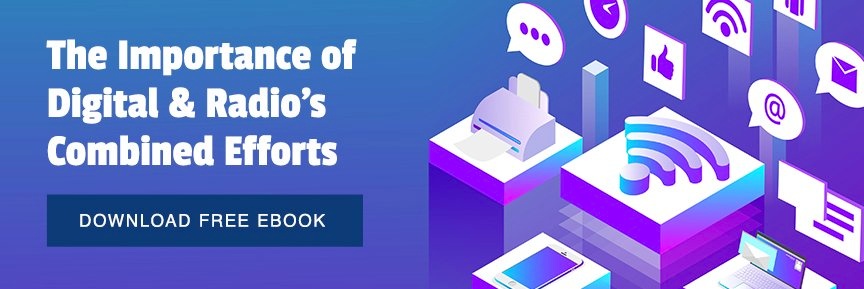Not only an incredibly effective but also a cost-efficient tactic, email marketing is a cornerstone of many successful marketing strategies and campaigns. Its effectiveness depends on the nature and quality of the data a company has at its disposal. While many companies spend significant sums on email lists from third parties, they often overlook the data already at their fingertips.
Understanding First-Party Data
Not every company has a sophisticated customer relationship management (CRM) system in place. But companies can and do capture significant amounts of customer data: from sales receipts, promotions, website activity, and social media. Data that companies collect is known as first-party data. And not only is this data free, but companies can exert greater control over it. Strategically implementing means to acquire first-party data helps better plan your marketing as you learn about your customers.
Third-party data is usually aggregated from several sources. Accordingly, it is typically greater in scale than what companies can collect themselves. However, as consumers take advantage of existing privacy protections and new legal ones emerge, marketers must contend with growing restrictions on data usage. Fewer restrictions exist on the data your customers provide you.
Growing Your Email Marketing Using First-Party Data
Your email list itself is an example of first-party data because your customers opt-in to receive emails from you. Having customers sign up through your blog or social media is an excellent example of the process of collecting this information. Customers are willing to provide information in exchange for received value, and as you engage them through these channels, you can learn more about them and provide better experiences in turn.
Email marketing provides opportunities to learn about customers based on when and how they interact with your marketing emails. Do they read email in the morning or evening? Will they click links when reading email at breakfast instead of at lunch? These small habits paint a picture of your customers and can help you plan when to send emails, and when to send certain types of emails.
However, you can create opportunities to learn about customers yourself through email engagement. While email may seem like a one-way channel, you can include interactive materials to gain customer insight. These could be surveys about products or events, or they could link to your social media to start a conversation. Whichever you choose, you can give people interesting things to do outside of simply asking for a purchase to engage them. For instance, a home contractor can make a survey asking customers to vote on their favorite style of room or guess the styles of a before-and-after renovation. That will provide insight into your customers' preferences while letting them have some fun.
Tap into the Benefit of First-Party Data
Collecting first-party data means access to data that is considerably less likely to be affected by changes in federal and local regulations, as well as changing social media trends. However, collecting this data is merely the first step to harnessing it for marketing purposes. You'll need to put people and processes in place to organize and analyze your data, as well as technologies that help you design and implement effective email marketing campaigns.
The more data you collect, the more difficult it is to manage without the appropriate people, processes, and systems in place. However, optimizing your operations to collect, organize, and harness email and other essential customer data can help you capture first-party data more effectively in the future. For example, when a small business stops collecting data piecemeal and starts using a CRM, they might use the CRM's automated emails to build an affinity program that rewards customers for providing information. In doing so, they can save staff time, engage consumers and customers, and grow the quality and quantity of their email lists.
To learn more about how businesses can leverage first-party data to improve their email marketing outcomes.



